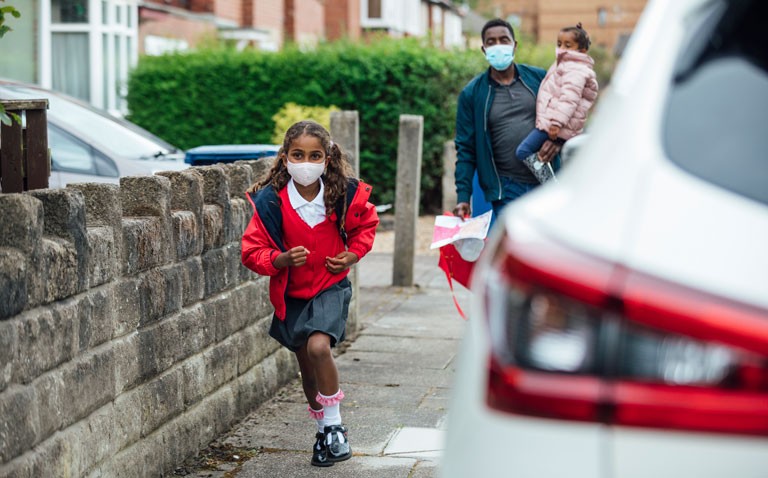In a study where the index case was less than 18 years, children aged 0 – 3 years were mainly responsible for the transmission of COVID-19.
Over the course of the pandemic, the role of children in the transmission of COVID-19 has been investigated and there is a general sense that children do not play and important role. This perception was re-iterated in a review from May 2020 of over 47 articles which also concluded that children are unlikely to be the main drivers of the pandemic. Nevertheless, one important source of infection is through household transmission, with one analysis of 54 studies and over 77,000 participants, indicating a household transmission rate of 16.6%. But to what extent are young people responsible for household transmission? Some studies examining the transmission of COVID-19, have suggested that it was more likely from those aged 20 years or less. In contrast, a recent systematic review concluded that there is a reduced transmission potential both from and to, individuals younger than 20 years of age.
In trying to more closely examine the relationship between age and household transmission, a team from the Health Protection, Public Health Ontario, Canada, undertook an age analysis where the index case of COVID-19 was a paediatric household member between June and December 2020. They divided paediatric index cases into four age grouping; 0 – 3, 4 – 8, 9 – 13 and 14 – 17 years. Since other factors might have been responsible for the transmission, the team also sought information on school/child-care factors. The main outcome of interest was secondary household transmission of COVID-19 infection by a paediatric index case between one and fourteen days after the paediatric index case. In determining cases, the team compared symptom onset dates of cases within the household. Regression analysis was used to identify the odds of household transmission, adjusting for gender, month of disease onset and mean family size.
Findings
There was a total of 6,280 private households with a paediatric index case for which the mean age was 10.7 years (45.6% female). From this total, 27.3% experienced a secondary household transmission of COVID-19. In the fully adjusted model, the odds of transmission of COVID-19 for children aged 0 – 3 years was significantly higher than those aged 14 – 17 years (odds ratio, OR = 1.43 (95% CI 1.17 – 1.75). This association was found irrespective of factors such as the presence of symptoms, or with any school/child-care outbreaks. It was also found that children aged 4 – 8 years had a significantly higher odds for transmission (OR = 1.40) compared to those aged 14 to 17 years although this was absent among children aged 9 – 13 (OR = 1.13, 95% CI 0.97 – 1.32).
In their discussion, the authors noted that as the number of paediatric cases increases worldwide, children were likely to play an important role as vectors for the transmission of COVID-19. Moreover, their data indicated that it was the younger rather than older children who would be the source of infection.
Citation
Paul LA et al. Association of Age and Pediatric Household Transmission of SARS-CoV-2 Infection. JAMA Pediatr 2021










